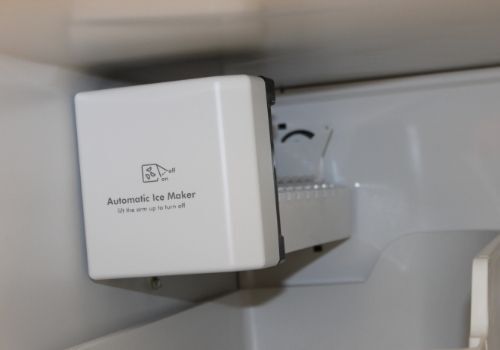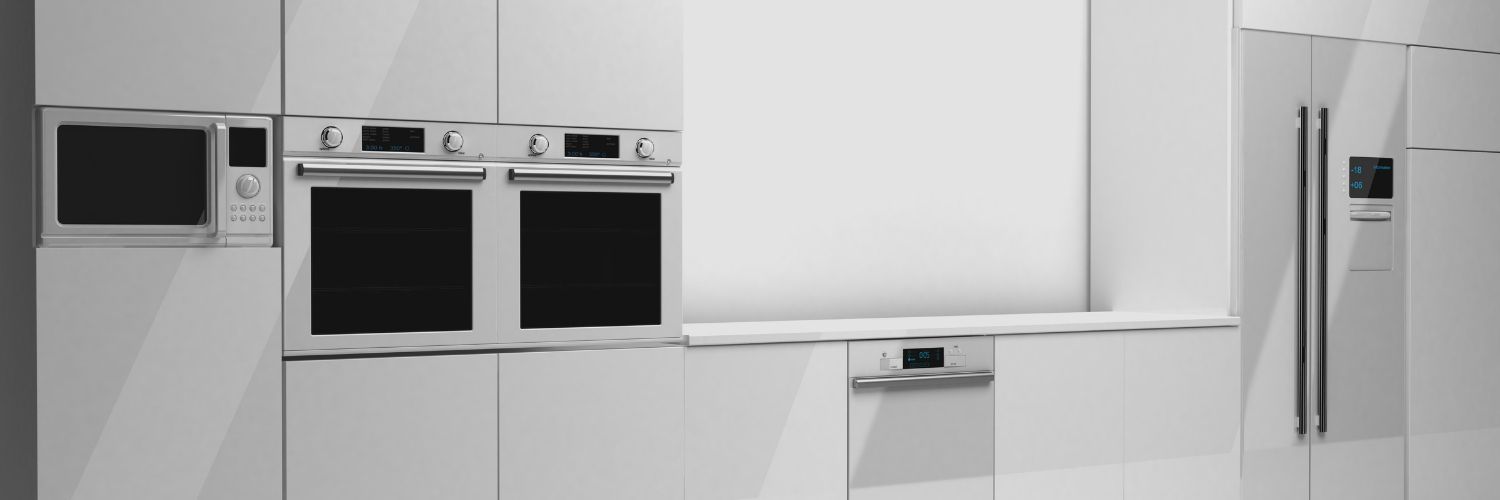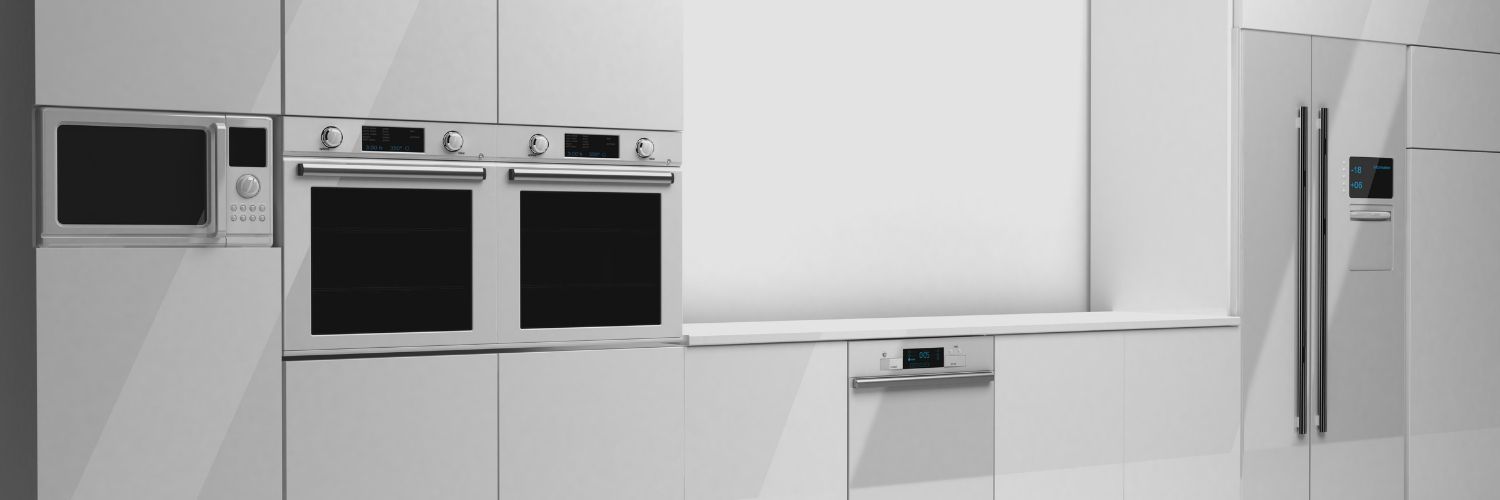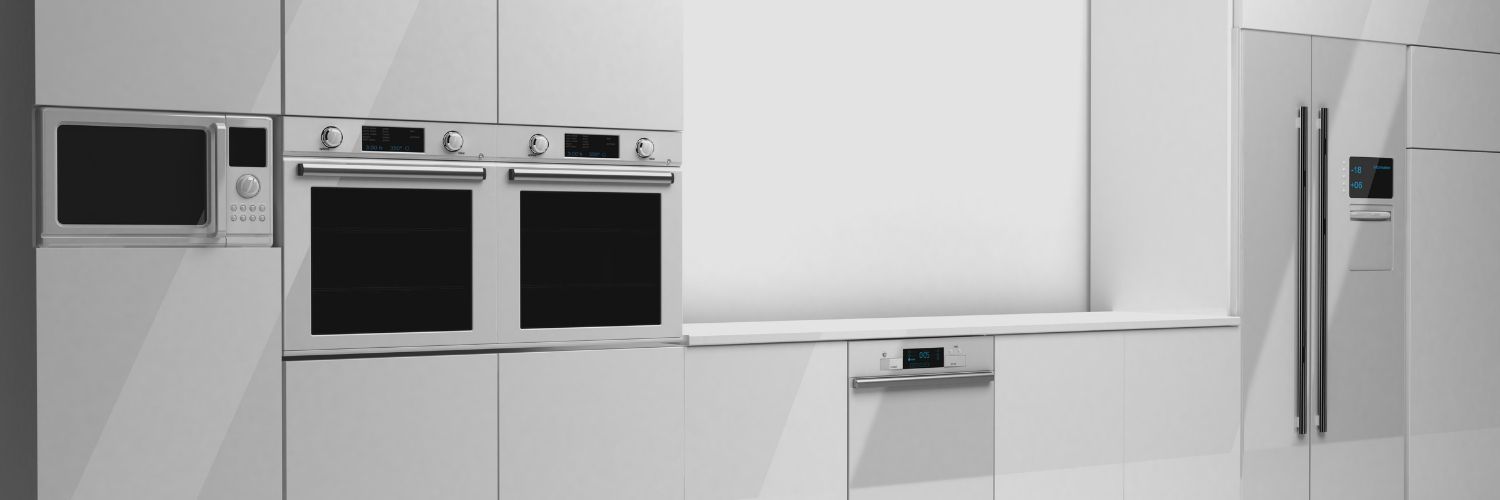
Solving the Icy Dilemma: Why Your Samsung Refrigerator Might Not Be Making Ice
A Samsung refrigerator not making ice can be quite an inconvenience in any household. Ice-making is one of the essential features that many modern refrigerators offer, which adds value and convenience to our lives. However, when a Samsung fridge stops producing ice, it can quickly turn into a frustrating problem that needs urgent attention. In this article, we delve into some common reasons why your Samsung refrigerator ice maker might not be functioning correctly and offer practical solutions to fix the issue.

1. Ice Maker Turned Off
The most straightforward reason that may cause your Samsung refrigerator not to make ice is that the ice maker has unintentionally been turned off. To verify if this is the case, check the fridge's control panel or settings and ensure that the ice maker is enabled.
2. Freezer Temperature Too High
A Samsung fridge might not make ice because the freezer's temperature is too high. Ideally, the temperature should be set between 0°F and 5°F (-18°C and -15°C) for the ice maker to work correctly. If the temperature is too high, adjust it accordingly and wait for a couple of hours to see if the ice production resumes.
3. Clogged Water Filter
Another common reason a Samsung refrigerator may not make ice is a clogged or expired water filter. A clogged water filter will restrict the water flow into the ice machine, leading to little or no ice production. To fix this, replace the water filter, and ensure you follow the recommended replacement frequency mentioned in your refrigerator's user manual.
4. Faulty Water Inlet Valve
Sometimes, the culprit for a non-functioning ice maker is a faulty water inlet valve. This valve controls the water flow to the ice maker and can malfunction due to wear and tear or calcium mineral buildup. In this case, you may need to consult a technician to inspect and possibly replace the water inlet valve to restore ice production.
5. Blocked Ice Maker Fill Tube
The fill tube carries water from the water inlet valve to the ice maker. If the tube becomes blocked or frozen due to ice buildup, it may hinder the water flow. To resolve this issue, melt the ice inside the fill tube using a hairdryer or warm water, but be cautious with the use of water near electrical components.
6. Malfunctioning Ice Maker Assembly
In some instances, the ice maker assembly itself can be the source of the problem. If all the above factors have been checked and resolved, but your Samsung fridge still does not make ice, it may be time to consult a technician to inspect the ice maker assembly for possible malfunctions or replacement.
7. Faulty Door Seal
A faulty door seal can adversely affect ice-making by allowing warm air to enter the freezer. Inspect the door seals for damages or cracks and replace them if needed. If you notice that the door is not closing correctly, adjust the door hinges, and ensure they are aligned correctly.
Conclusion
A Samsung refrigerator not making ice can be a frustrating experience, but diagnosing the cause is a crucial first step in resolving the issue. By addressing the common reasons we've discussed in this article, you can effectively troubleshoot your Samsung ice maker and enjoy the convenience of having ice at your fingertips once again. If you are unsure about any of the steps mentioned or if the problem persists after trying these solutions, consult a professional technician to fix the
You might also like
We will get back to you as soon as possible.
Please try again later.
Give us a call today!
Book your appliance repair today!
Kitchener's leading professional appliance repair company.
*Legal disclaimer: this is a referral based website. All work is completed by a professional.
Services
Phone Hours
- Mon - Fri
- -
- Sat - Sun
- -


